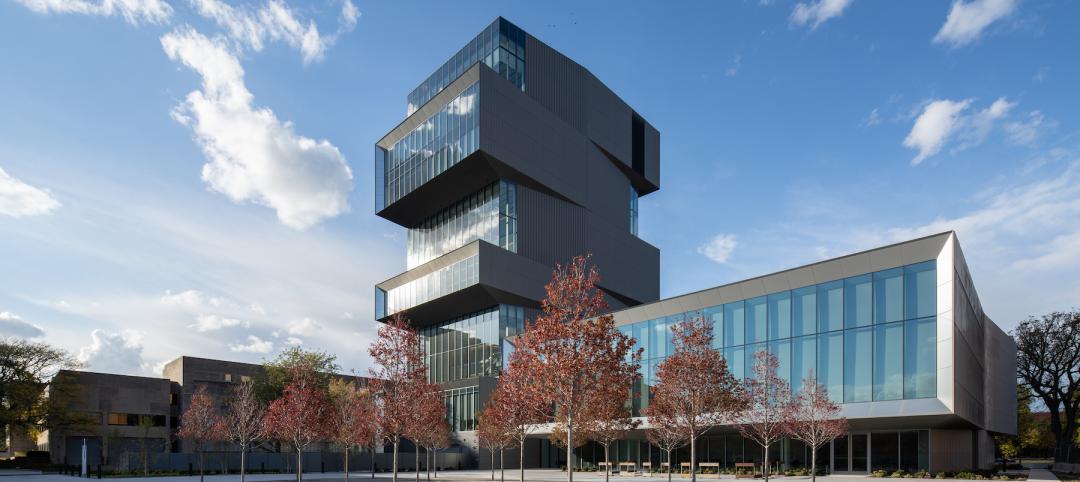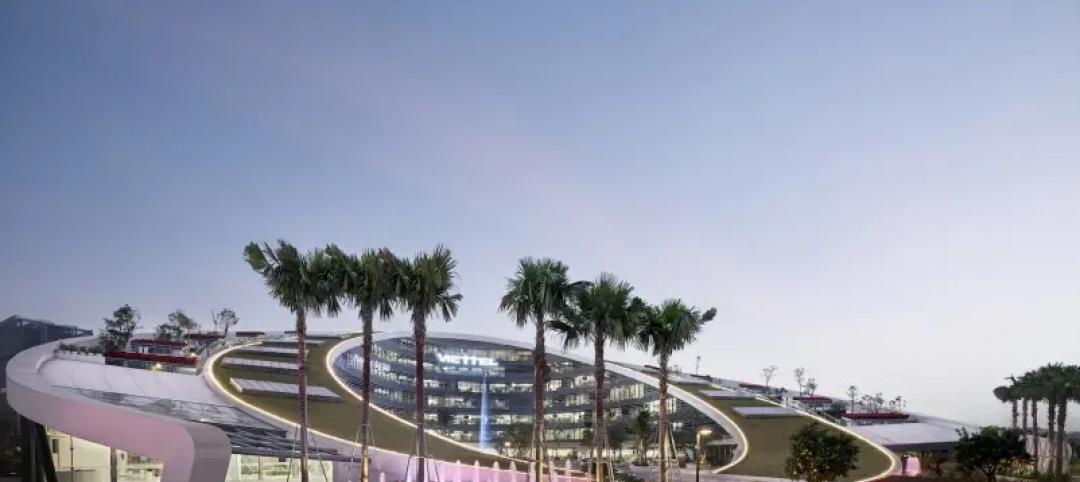The Design-Build Institute of America (DBIA) has released “Universally Applicable Best Practices Applying to Any Project Type, in Any Market Sector, of Any Size.” Based on research, case studies, and industry input, DBIA has identified design-build best practices.
“The 10 Design-Build Done Right Best Practices serve as a single source that clearly defines design-build fundamentals to significantly enhance superior project outcomes,” says Lisa Washington, CAE, Executive Director/CEO, DBIA. “With design-build currently at 40% of all non-residential design and construction, the impetus for owners to engage in Design-Build Done Right is at an all-time high. By applying these ten DBIA Best Practices, owners and practitioners will unlock the inherent value of design-build project delivery.”
Best practices supporting effective design-build start during the owner’s procurement decision-making process and span through project execution. Each DBIA Best Practice is supplemented by several techniques that provide guidance on specific ways to implement the best practice. The combination of best practices and implementing techniques are the basis for Design-Build Done Right.
Design-build requires more than a good contract and appropriate risk allocation. Everyone from the owner to the subcontractors must understand the process, the expectations and fully engage in the collaboration. DBIA categorizes the 10 best practices (and nearly 50 supporting implementing techniques) into three areas:
Procuring Design-Build Services
1. An owner should conduct a proactive and objective assessment of the unique characteristics of its program/project and its organization before deciding to use design-build.
2. An owner should implement a procurement plan that enhances collaboration and other benefits of design-build and is in harmony with the reasons that the owner chose the design-build delivery system.
3. An owner using a competitive design-build procurement that seeks price and technical proposals should: (a) establish clear evaluation and selection processes; (b) ensure that the process is fair, open and transparent; and (c) value both technical concepts and price in the selection process.
Contracting for Design-Build Services:
4. Contracts used on design-build projects should be fair, balanced and clear, and should promote the collaborative aspects inherent in the design-build process.
5. The contract between the owner and design-builder should address the unique aspects of the design-build process, including expected standards of care for design services.
6. The contracts between the design-builder and its team members should address the unique aspects of the design-build process.
Executing the Delivery of Design-Build Projects:
7. All design-build team members should be educated and trained in the design-build process, and be knowledgeable of the differences between design-build and other delivery systems.
8. The project team should establish logistics and infrastructure to support integrated project delivery.
9. The project team, at the outset of the project, should establish processes to facilitate timely and effective communication, collaboration, and issue resolution.
10. The project team should focus on the design management and commissioning/turnover processes and ensure that there is alignment among the team as to how to execute these processes.
DBIA recognizes that there are real-world differences among design-build market sectors (e.g., water/wastewater, transportation, federal projects), and that specific implementation techniques might differ slightly from one market sector to another. For this reason, DBIA is in the process of working with market sector experts on sector-specific documents to supplement the overall best practices released today. These will provide more detailed guidance on how to put these best practices and implementing techniques into use in different design-build market sectors.
DBIA intends to continually update its portfolio of publications, tools and other resources so that design-build stakeholders will have access to leading-edge information that will allow them to achieve Design-Build Done Right in accordance with the concepts expressed in this document.
Related Stories
Hotel Facilities | Aug 26, 2021
Building hotels with modules, with citizenM's Menno Hilberts
In this exclusive interview for HorizonTV, Menno Hilberts, Managing Director of Project Management with hotelier citizenM, explains how the company is employing modular construction to help double its presence in the U.S.
Giants 400 | Aug 25, 2021
Top 40 Engineering/Architecture Firms for 2021
Jacobs, AECOM, Burns & McDonnell, and Alfa Tech top the rankings of the nation's largest engineering architecture (EA) firms for nonresidential buildings and multifamily buildings work, as reported in Building Design+Construction's 2021 Giants 400 Report.
Giants 400 | Aug 25, 2021
Top 95 Architecture/Engineering Firms for 2021
Stantec, HDR, HOK, and SOM top the rankings of the nation's largest architecture engineering (AE) firms for nonresidential and multifamily buildings work, as reported in Building Design+Construction's 2021 Giants 400 Report.
Giants 400 | Aug 25, 2021
Top 160 Architecture Firms for 2021
Gensler, Perkins and Will, HKS, and Perkins Eastman top the rankings of the nation's largest architecture firms for nonresidential and multifamily buildings work, as reported in Building Design+Construction's 2021 Giants 400 Report.
Sports and Recreational Facilities | Aug 25, 2021
The rise of entertainment districts and the inside-out stadium
Fiserv Forum, home to the 2021 NBA Champion Milwaukee Bucks, proved that the design of the space outside a stadium is just as important as inside.
Architects | Aug 24, 2021
AIA’s Compensation Report reveals how architecture firms weathered the pandemic
According to the report, architecture firms lost 16,000 positions between February and their low in July of 2020.
Architects | Aug 19, 2021
BD+C Events
Building Design+Construction's annual events include the Women in Design+Construction conference and the ProConnect meeting series.
Architects | Aug 19, 2021
Quattrocchi Kwok Architects marks 35 years in business with commitment to social justice
QKA, the largest architecture firm in the North Bay area of San Francisco, has received the JUST 2.0 Social Transparency Label from the International Living Future Institute.
Multifamily Housing | Aug 19, 2021
Multifamily emerges strong from the pandemic, with Yardi Matrix's Doug Ressler
Yardi Matrix's Doug Ressler discusses his firm's latest assessment of multifamily sales and rent growth for 2021.
Resiliency | Aug 19, 2021
White paper outlines cost-effective flood protection approaches for building owners
A new white paper from Walter P Moore offers an in-depth review of the flood protection process and proven approaches.

















